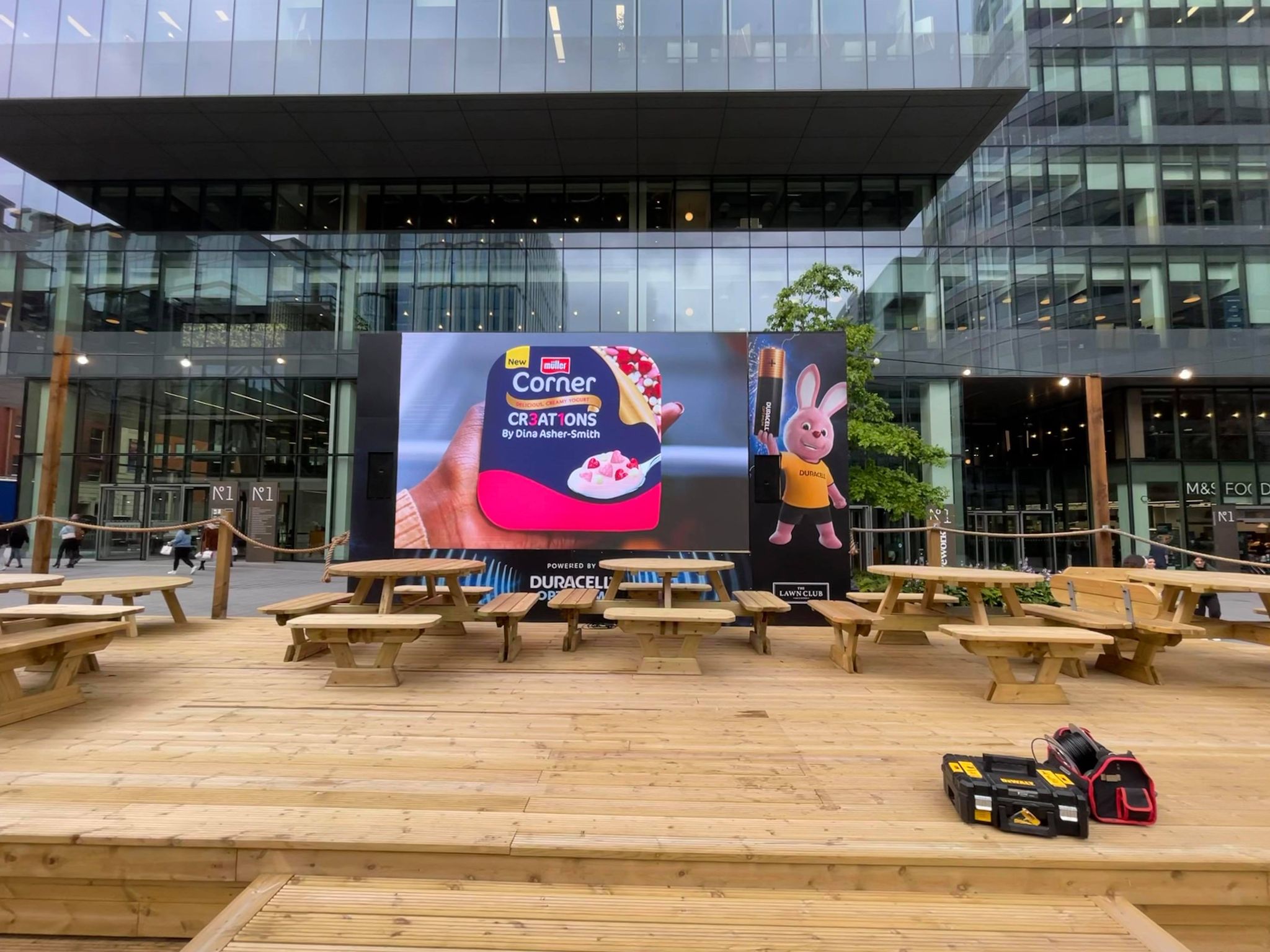Out of Home advertising (OOH) remains one of the key channels of communication between advertisers and audiences. More and more OOH is becoming digitalised, with LED screens suitable for all locations and weather conditions now available. Here’s a look at how it has evolved over the past few decades.
One of the most important developments has been the transition from static signage and billboards to the widespread use of digital panels. This encompasses the large format billboards, which are familiar from our city centre squares, and road and railway line sides. It also includes street furniture, such as bus shelters, shopping malls, and pavement signage.
Digital billboards are also now widely used on transport networks, including bus and train stations and airports, both for information and advertising purposes.
In a world where the attention of consumers is widely fragmented between a range of phones, tablets, and other screens, OOH advertising is one of the best ways to reach a large and mobile audience, where they will often be actively looking to make purchasing decisions.
Digital technology now allows the content of advertising screens to be refreshed with targeted messaging, so the most appropriate content is reaching target audiences when they are most likely to be in the vicinity. This is known as dynamic messaging, and it is based on data-optimised content to place the most relevant messages in front of consumers.
Advertisers and marketers can now be part of a wider OOH network, and choose the most appropriate locations for their content. For example, a sportwear brand might choose to advertise near sporting venues or facilities, while a brand aimed at teenagers might choose a location near a school or college.
OOH has an even greater reach than internet advertising, and is also more widely seen than TV, newspaper, and magazine advertising, representing an excellent return on investment.

